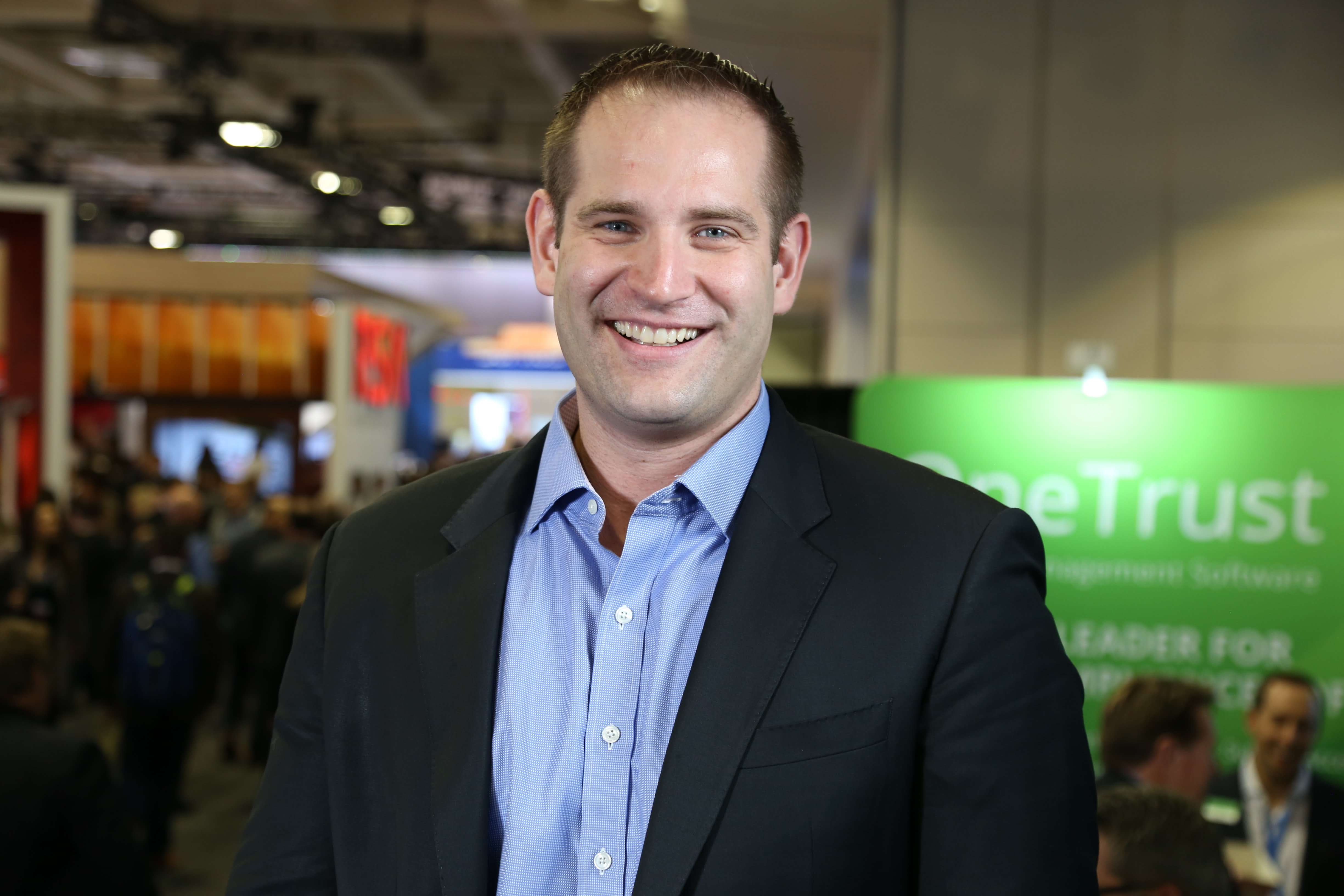 INFRA
INFRA
 INFRA
INFRA
 INFRA
INFRA
It’s a scenario straight from sci-fi; zombies are bonded into swarmbots and coordinate an attach with malicious intent. But the world of cybersecurity isn’t a sci-fi flick; today’s advanced cyber attacks can turn connected devices into zombies, controlled remotely to infect software, hack bank accounts and hold data ransom. Brave cybersecurity professionals rally to fight the forces of evil, but old-school security strategies are no longer effective against the sophistication and intelligence of the enemy.
“If you can understand who your enemy is, what they’re up to, then you can start building an appropriate security strategy around that, as opposed to just … building a fort and thinking you’re protected against everything,” said Derek Manky (pictured), global security strategist at Fortinet Inc.
Manky spoke with Lisa Martin (@LuccaZara) and Peter Burris (@plburris) co-hosts of theCUBE, SiliconANGLE Media’s mobile livestreaming studio, at the RSA Conference in San Francisco. The discussion centered around strategies for next-generation cybersecurity. (* Disclosure below.)
The opportunities for cybercrime and cyberterrorism have never been better; over half the world’s population is now online and the “internet of things” is expanding, with off-shoots, such as the internet of medical things and operational technology (e.g., automated vehicles), raising the stakes. “If you look at the numbers, it’s an exponential curve right now. Last year, one year ago today, on average we’re seeing about a million hacking attempts in just a minute across the entire globe, right? Now, we’re seeing that number up over four million. So, it’s increased four-fold in just a year,” Manky said.
Collaboration is critical to cover the ever-expanding attack surface. “I’ve always been a firm advocate that we can never win the war on cybercrime alone. We have to be able to collaborate. … To me, the strength in numbers means collaboration, information flow, and also end-to-end coverage between the security solutions,” Manky said, citing FortiGuard as an example. “We have 215 security experts at FortiGuard, which is, for a network security organization one of the largest in the world, if not the largest.”
Adding the support of artificial intelligence and machine learning to FortiGuard increases the strength, giving proactive and reactive protection against threats. Described as the “attack chain” by Manky, the approach of layered security gives end-to-end protection, making the entire security chain harder and, therefore, more expensive for cybercriminals to break.
Should human cybersecurity professionals be concerned that the introduction of AI is going to make their skills redundant? Manky thinks not, seeing a continual need for human input. “We don’t ever want to replace humans, because humans are very important in this ecosystem,” he concluded.
Watch the complete video interview below, and be sure to check out more of SiliconANGLE’s and theCUBE’s coverage of the RSA Conference. (* Disclosure: Fortinet Inc. sponsored this segment of theCUBE. Neither Fortinet nor other sponsors have editorial control over content on theCUBE or SiliconANGLE.)
Support our open free content by sharing and engaging with our content and community.
Where Technology Leaders Connect, Share Intelligence & Create Opportunities
SiliconANGLE Media is a recognized leader in digital media innovation serving innovative audiences and brands, bringing together cutting-edge technology, influential content, strategic insights and real-time audience engagement. As the parent company of SiliconANGLE, theCUBE Network, theCUBE Research, CUBE365, theCUBE AI and theCUBE SuperStudios — such as those established in Silicon Valley and the New York Stock Exchange (NYSE) — SiliconANGLE Media operates at the intersection of media, technology, and AI. .
Founded by tech visionaries John Furrier and Dave Vellante, SiliconANGLE Media has built a powerful ecosystem of industry-leading digital media brands, with a reach of 15+ million elite tech professionals. The company’s new, proprietary theCUBE AI Video cloud is breaking ground in audience interaction, leveraging theCUBEai.com neural network to help technology companies make data-driven decisions and stay at the forefront of industry conversations.